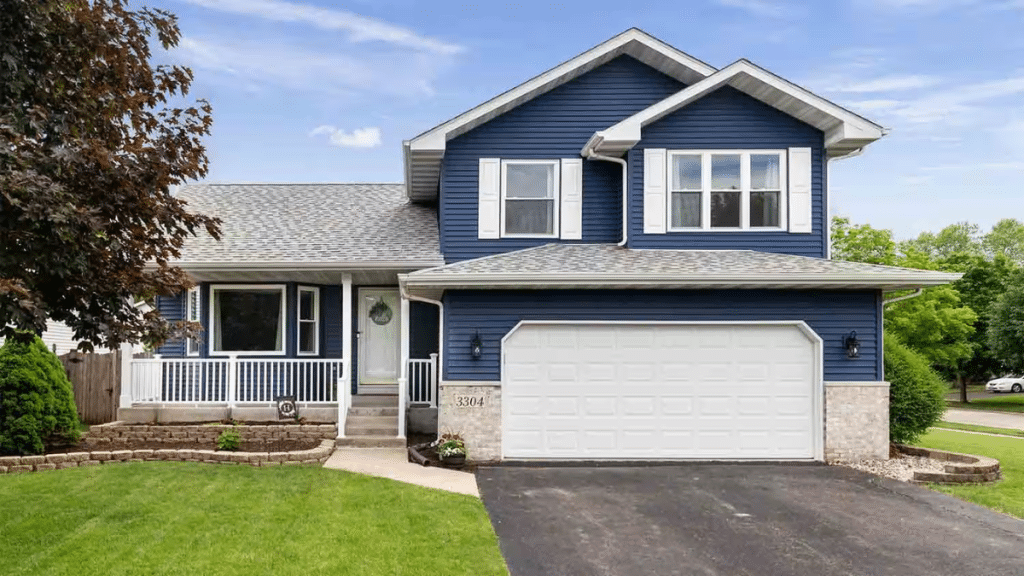Building a custom home is an exciting journey, but without proper planning, it can quickly become overwhelming. Many homeowners encounter avoidable pitfalls that lead to budget overruns, delays, or disappointing results. Identifying these common mistakes early on helps keep the process smooth and rewarding.
Here are the most frequent missteps in custom home construction—and how professional guidance helps prevent them.
1. Skipping the Pre-Design Phase
Jumping straight into construction without thorough planning often leads to regrets.
Common Oversights:
- Underestimating space requirements
- Forgetting essential functional elements (like storage or accessibility)
- Creating impractical layouts
Professional Solution:
A detailed needs assessment before drafting ensures the home aligns with the homeowner’s lifestyle.
2. Prioritizing Aesthetics Over Function
A beautiful design means little if it doesn’t work for daily life.
Frequent Issues:
- Trendy materials that wear poorly over time
- Spaces designed for looks rather than usability
- Poor workflow between rooms
Expert Insight:
Balancing beauty with practicality—like selecting durable countertops or optimizing kitchen layouts—creates a home that’s both stunning and livable.
3. Underestimating Lighting Needs
Lighting is frequently overlooked, yet it’s essential for both functionality and ambiance.
Common Shortcomings:
- Insufficient task lighting in workspaces
- Missing dimmers in living areas
- Poor exterior lighting
Best Practice:
A layered lighting plan ensures proper illumination for general (ambient),
task-specific and accent lighting.
4. Poor Space Planning
Even spacious homes can feel cramped with inefficient layouts.
Typical Problems:
- Furniture that doesn’t fit the space
- Wasted circulation areas
- Awkward room proportions
Professional Approach:
Advanced planning tools like 3D modeling and bubble diagrams help optimize room relationships and traffic flow.
5. Inadequate Storage Solutions
Running out of storage is a common frustration in custom home construction.
Frequent Oversights:
- Shallow closets with limited functionality
- Missing utility storage
- No designated drop zones near entries
Smart Design Strategies:
Custom cabinetry, multi-functional furniture, and dedicated storage zones maximize every square foot.
6. Ignoring Future Needs
A well-designed home adapts as lifestyles change.
Often Forgotten Considerations:
- Aging-in-place features
- Flexible spaces for evolving needs
- Technology infrastructure
Forward-Thinking Solutions:
Wider doorways, pre-wiring for smart home tech, and convertible rooms ensure long-term functionality.
7. Underestimating the Value of Professional Guidance
Attempting to manage a custom build without expert help often leads to costly mistakes.
Why DIY Plans Fall Short:
- Lack of technical construction knowledge
- Difficulty coordinating contractors
- Unforeseen complications during building
The Professional Advantage:
Experienced designers and builders provide:
· Precise construction documentation
· Access to trusted tradespeople
· Problem-solving expertise
Building Your Dream Home the Right Way
Avoiding these common mistakes ensures a smoother, more successful custom home construction experience. With careful planning and professional collaboration, homeowners can achieve:
· A home that perfectly fits their lifestyle
· Fewer unexpected costs and delays
· A space that remains functional and beautiful for years
The most successful projects involve early collaboration between homeowners, designers, and builders. For those considering a custom home, consulting professionals from the start helps navigate complexities and avoid regrets.
A well-planned custom home isn’t just a structure—it’s a space designed for lasting comfort, functionality, and joy.

